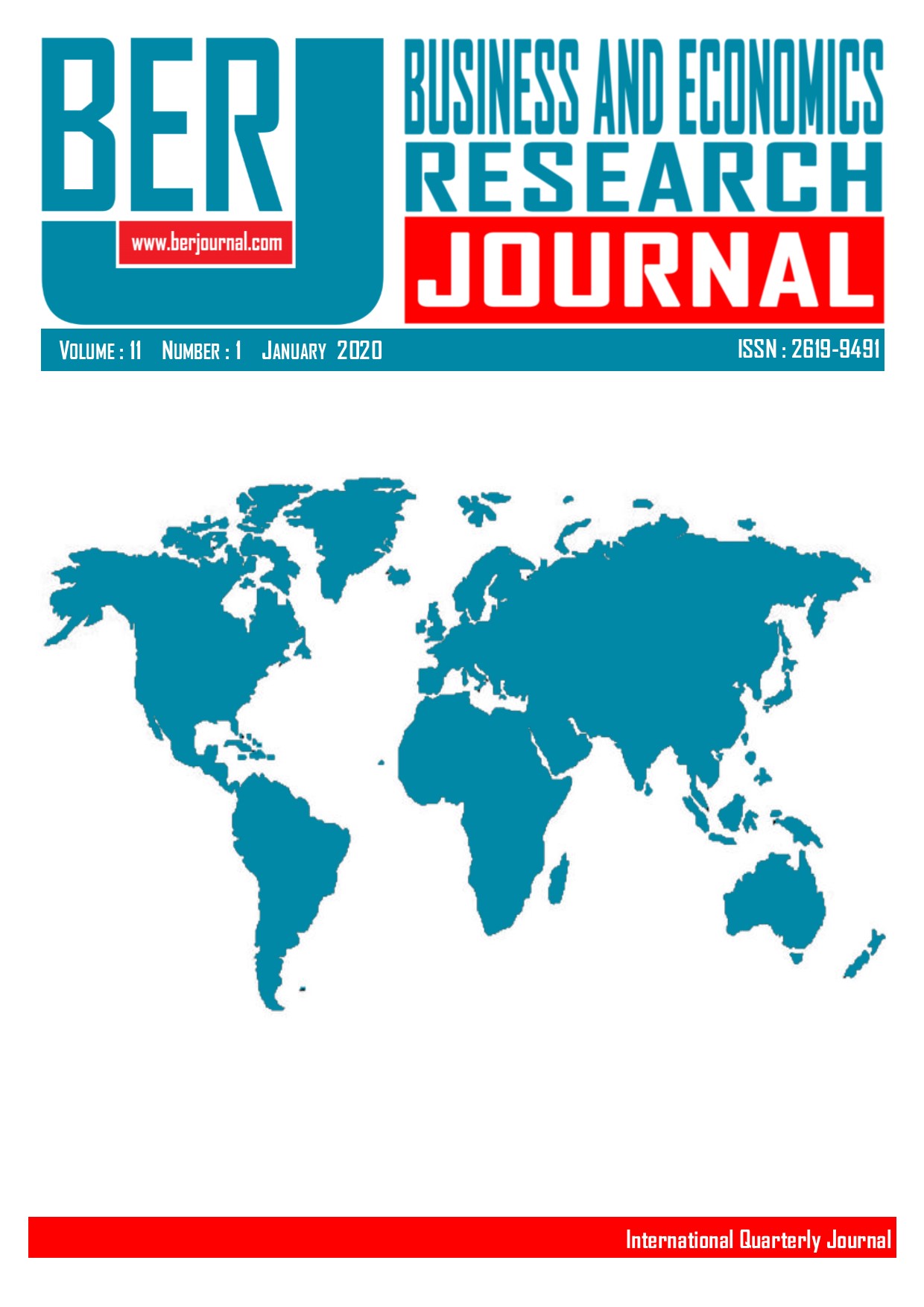Para Birliği Uygulamaları ve Avrupa Ekonomik ve Parasal Birliği İçin Dersler
Monetary Union Experiences and Lessons for European Monetary Integration
Author(s): Derya YilmazSubject(s): Supranational / Global Economy, Financial Markets
Published by: Adem Anbar
Keywords: Monetary Union Theory; Optimum Currency Areas; National Monetary Unions; Fiscal Integration; Economic and Monetary Union (EMU);
Summary/Abstract: In monetary unions, economically integrated countries pegged their exchange rates and abandon their monetary independency by adopting a union wide currency and central bank. In this vein, the theory of monetary union specifies criteria to overcome the loss of monetary policy autonomy. The mostly cited monetary union today is European Economic and Monetary Union (EMU). EMU was constituted with Maastricht Treaty. This treaty envisaged the monetary union by 1999. However, EMU is not the first monetary union experience. There have been plenty of other monetary union experiences. We observe some monetary union experiences parallel to forming nation states or as a consequence of economic integration. Some of these unions have prospered, but some come to an end. In these circumstances, the prosperity of EMU has always been discussed. This study is aiming to contribute this debate by analyzing the other monetary union experiences. According to the findings; politic will, fiscal integration and the institutional dependency of the nations in the monetary union is vital for the survival of the monetary union.
Journal: Business and Economics Research Journal
- Issue Year: 11/2020
- Issue No: 1
- Page Range: 77-93
- Page Count: 17
- Language: Turkish

